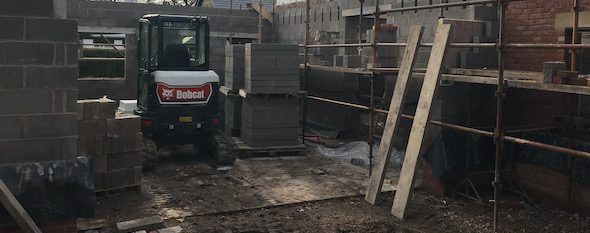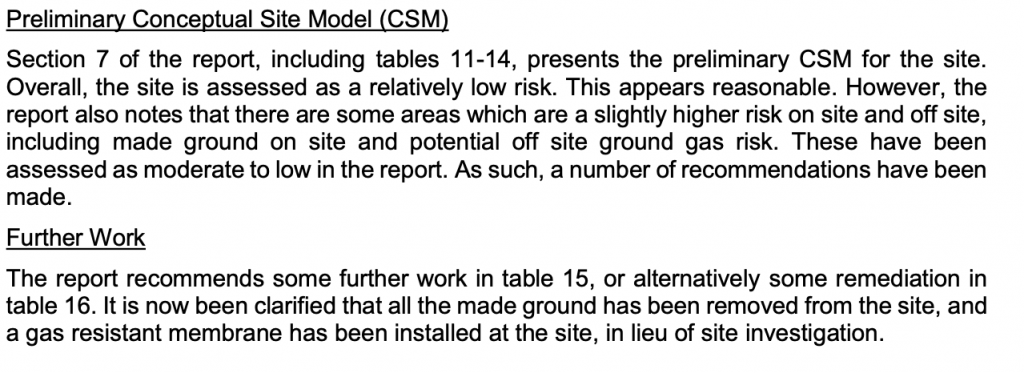Erection of a Dwelling, Snapewood Lane, Cabus, Preston, Lancashire, PR3
Planning Authority: Wyre Council
Planning Reference: Wyre Council and 20/00461/FUL
Synopsis:
In order to demonstrate that after the development the site could not be classified as ‘contaminated land’ under Part 2A of the Environmental Protection Act a Phase I desk study report was required to support the application for the erection of a dwelling. The site was occupied by an agricultural building, the past use of the site have the potential to impact site soils.
A Phase I desk study report assess the potential for a site to be impacted by contamination, this is undertaken by researching the history of the site and the surrounds as well as a review of information held by regulatory bodies and a site visit.
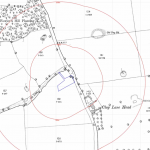 The history of the site
The history of the site 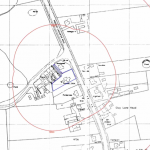 and surrounds were researched using a combination of Ordnance Survey (O.S.) maps, street level imagery and aerial plates, the review indicated the site was developed between 1933 and 1951 with what was likely a dwelling being present on the site. Two clay pits, a glass house and a works were identified in close proximity to the site.
and surrounds were researched using a combination of Ordnance Survey (O.S.) maps, street level imagery and aerial plates, the review indicated the site was developed between 1933 and 1951 with what was likely a dwelling being present on the site. Two clay pits, a glass house and a works were identified in close proximity to the site.
A desk study report has been previously prepared for the land to the south of the site by Demeter Environmental, this concluded that the made ground on site and the off site sources of ground gases warranted further works.
A review of the published geological maps identified Devensian Till underlain by sandstone to be present under the site.
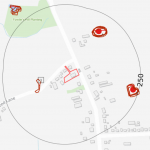 Data provided by regulatory bodies identified a number of clay pits and a pond as potential sources of contamination.
Data provided by regulatory bodies identified a number of clay pits and a pond as potential sources of contamination.
On completion of the desk based research a site reconnaissance visit was undertaken, this confirmed that the construction phase of the development had commenced and the floor slab had been placed.
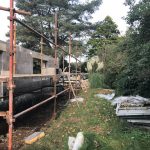 On completion of the walkover survey a qualitative risk
On completion of the walkover survey a qualitative risk 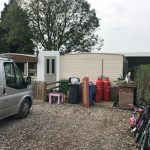 assessment was undertaken on the potential sources of contamination identified in the desk study report in order to determine if any warranted further investigation. This concluded that the potential for made ground on the site as well as the potential for ground gases from the in-filled clay pits poses a potential risk to the development.
assessment was undertaken on the potential sources of contamination identified in the desk study report in order to determine if any warranted further investigation. This concluded that the potential for made ground on the site as well as the potential for ground gases from the in-filled clay pits poses a potential risk to the development.
The assessment concluded that either the potential risks should be further investigated or remediation in lieu of further investigation (comprising of works in the garden and landscaped areas as well as the incorporation of gas protection measures).
The report was submitted t support the application and the recommendations of the report were approved.

